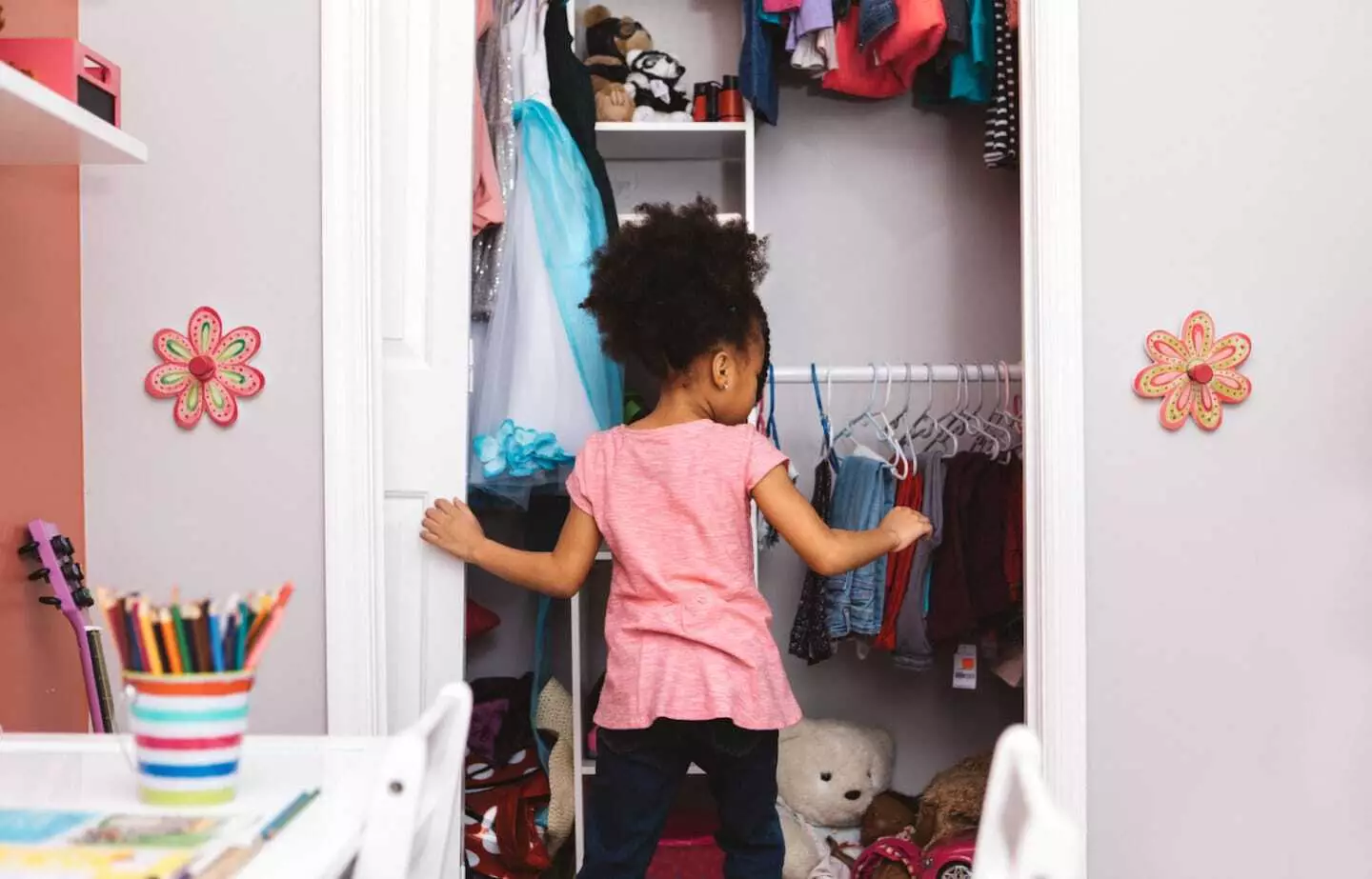The chaos of a child’s closet can often feel overwhelming, but transforming this clutter into an organized and accessible space is not only achievable but necessary for both kids and parents. As children grow, their needs evolve, so establishing a dynamic storage solution is essential. This guide presents a fresh perspective on organizing your child’s closet, ensuring it adapts to their evolving interests and requirements.
The Importance of a Clutter-Free Space
A well-organized closet is the foundation for a tidy room, and it plays a crucial role in fostering responsibility in children. Infants, for example, require a space that accommodates diaper supplies, while toddlers might focus more on toys. As children age into preschoolers and beyond, their needs shift to academic supplies, sports gear, or even tech devices. A closet capable of evolving with your child’s growth will not only reduce clutter but also instill lifelong organizational skills.
Understanding that a child’s closet can serve multiple purposes throughout various life stages allows parents to strategically arrange storage solutions that anticipate future needs. Engaging children in this organizing endeavor can also make them feel more responsible for their belongings.
Implementing Smart Storage Solutions
One effective way to optimize closet space is through a tiered hanging rod system. For infants, using multiple rods stacked vertically is practical as their clothing is small yet plentiful. As they outgrow their clothes, parents can gradually remove the intermediate rods to tailor the space to their child’s current needs. It’s ideal to designate lower rods for everyday outfits within a child’s easy reach while reserving higher storage for items that don’t require constant access.
Moreover, investing in an adjustable closet system not only maximizes storage efficiency but also creates an aesthetically pleasing environment. This system can include compartments for shoes, clothes, and accessories, promoting a sense of organization. With valuable storage bins categorically labeled for socks, toys, and seasonal clothing, even the youngest family members can develop their understanding of organization.
Color-coded storage solutions can be particularly engaging for children. Utilizing brightly colored bins allows young kids to quickly differentiate between toys, clothing, and school supplies, making it easier for them to pick up after themselves. Furthermore, decorative labels can be designed collaboratively, promoting literacy and helping children recognize where items belong.
Engaging children in the categorization process enhances the likelihood of them respecting the organizational system. For infants and toddlers, grouping clothes by size and gradually transitioning to seasonal or type-based storage will streamline both functionality and accessibility as they grow.
Every stage of a child’s growth brings distinct storage challenges. For toddlers, repurposed baskets that once held clothing can effectively manage shoes and gamepieces, keeping surfaces clear. As children enter preschool, it’s vital to make space for their artistic endeavors, which can be easily preserved in specially designed portfolios, ensuring their creations are both stored and showcased effectively.
Elementary-aged children come with an entanglement of school necessities, including instruments and sports equipment. At this stage, developing a clear organizational strategy, perhaps with the help of freshly labeled containers, will encourage kids to partake in their daily preparations. Adding hooks for backpacks and setting out clothing the night before can streamline the morning rush.
Teenagers offer a unique organizational challenge. As they begin curating personal styles and hobbies, involving them in closet organization not only respects their autonomy but also nurtures their decision-making skills. Teen closets may necessitate additional features, such as hooks for accessories and dedicated spaces for unique items like sports gear or event-specific attire.
Successfully organizing a child’s closet is not merely about reducing clutter; it’s about cultivating a system that instills and nurtures responsibility and independence in children. Encourage them to actively participate in the sorting process, instilling a sense of ownership and respect for their belongings. Tailoring the organization strategy based on age and changing activities will ensure that the closet evolves alongside your child, making it a functional and valuable space in your home.
Ultimately, with thoughtful planning, a child’s closet can become a well-organized sanctuary that caters to their developmental stages while also equipping them with skills that will benefit them throughout their lives. Commitment to maintaining order and cleanliness, initiated from a young age, will result in children entering adulthood with confident organizational habits that will serve them well in every walk of life.

